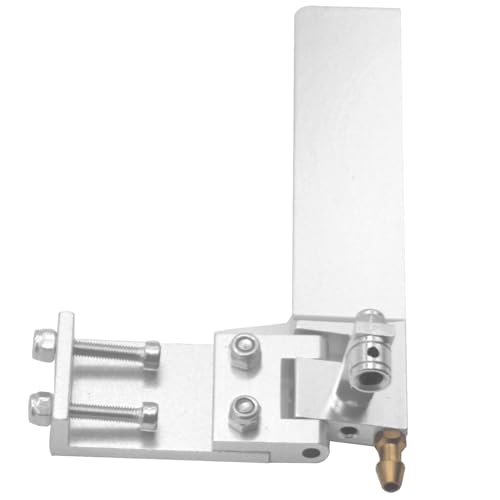David,
Where does the 70 to 76 MPS come from? What are the effects above and below those figures? Also, as I understand it, the squish velocity is related to RPM, and I dont have a tacho on my 101's. So what RPM is used to calculate the squish velocity (or how is it estimated?)
I must admit I have different findings to you relating to compression in hydros and monos. I found that it was critical to run higher compression in my rigger to be able to launch the props and didnt notice a gain in RPM when lowering the comp, but the same engine in a mono would have a noticable drop in peak revs if I increased the compression. Monos and riggers have different load characteristics on the engines, a mono has less drag at launch than a rigger but more at full speed.
Ian.



































